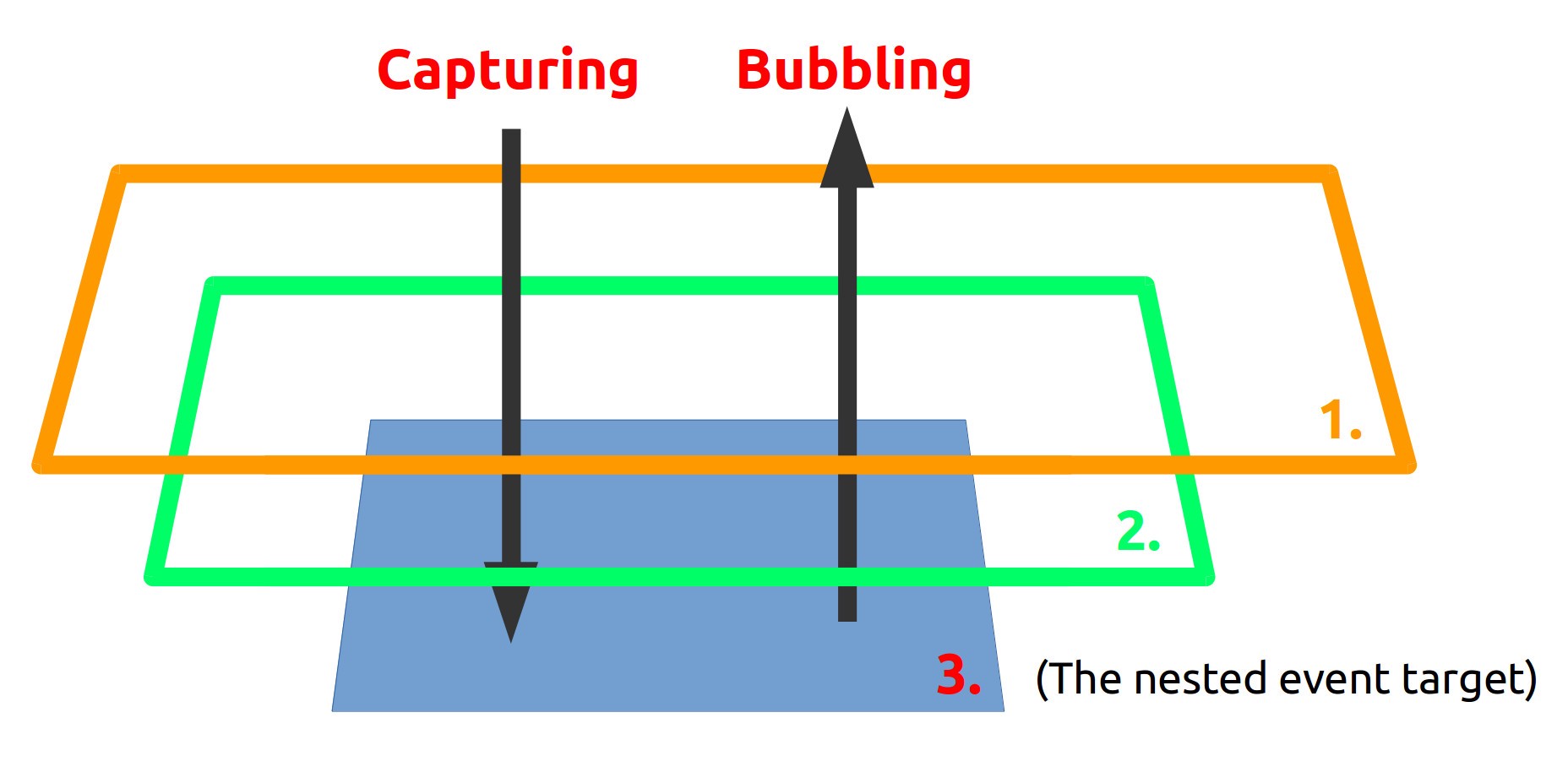When using ESLint React plugin, you may find a rule called jsx-no-bind. It prevents you from using .bind or arrow function in a JSX prop. For instance, ESLint will complain about the arrow function in the onClick prop.
1 | class ListArrow extends React.Component { |
There’re two reasons why this rule is introduced. First, a new function will be created on every render call, which may increase the frequency of garbage collection. Second, it will disable the pure rendering process, i.e. when you’re using a PureComponent, or implement the shouldComponentUpdate method by yourself with identity comparison, a new function object in the props will cause unnecessary re-render of the component.
But some people argue that these two reasons are not solid enough to enforce this rule on all projects, especially when the solutions will introduce more codes and decrease readability. In Airbnb ESLint preset, the team only bans the usage of .bind, but allows arrow function in both props and refs. I did some googling, and was convinced that this rule is not quite necessary. Someone says it’s premature optimization, and you should measure before you optimize. I agree with that. In the following sections, I will illustrate how arrow function would affect the pure component, what solutions we can use, and talk a little bit about React rendering internals.
Different Types of React Component
The regular way to create a React component is to extend the React.Component class and implement the render method. There is also a built-in React.PureComponent, which implements the life-cycle method shouldComponentUpdate for you. In regular component, this method will always return true, indicating that React should call render whenever the props or states change. PureComponent, on the other hand, does a shallow identity comparison for the props and states to see whether this component should be re-rendered. The following two components behave the same:
1 | class PureChild extends React.PureComponent { |
When their parent component is re-rendering, they will both check the message content in props and decide whether they should render again. The comparison rule is quite simple in pure component, it iterates the props and states object, compare each others’ members with === equality check. In JavaScript, only primitive types and the very same object will pass this test, for example:
1 | 1 === 1 |
Clearly, arrow functions will fail the test and cause pure component to re-render every time its parent is re-rendered. On the other side, if you do not use pure component, or do props and states check on your own, enabling the jsx-no-bind rule is plain unnecessary.
Recently another kind of component has become popular, the stateless functional component (SFC). These components’ render results solely depend on their props, so they are like functions that take inputs and produce steady outputs. But under the hood, they are just regular components, i.e. they do not implement shouldComponentUpdate, and you can not implement by yourself either.
1 | const StatelessChild = (props) => { |
How to Fix jsx-no-bind Error
Arrow functions are usually used in event handlers. If we use normal functions or class methods, this keyword is not bound to the current instance, it is undefined. By using .bind or arrow function, we can access other class methods through this. To fix the jsx-no-bind error while still keeping the handler function bound, we can either bind it in constructor, or use the experimental class property syntax, which can be transformed by Babel. More information can be found in React official document, and here is the gist of different solutions.
1 | export default class NoArgument extends React.Component { |
For handlers that require extra arguments, e.g. a list of clickable items, things will be a little tricky. There’re two possible solutions, one is to create separate component for the item, and pass handler function and argument as props.
1 | class Item extends React.PureComponent { |
This is a practice of separation of concerns, because now List only iterates the items, while Item takes care of rendering them. But this also adds a lot of codes, and make them hard to understand. We need to go through several handler functions to see what they actually do, while in the arrow function example, event handlers are co-located with the component, which is encouraged by React community.
Another approach is to use DOM dataset property, i.e. store argument in HTML data-* attribute, and retrieve it with event argument in handler functions.
1 | export default class ListDataset extends React.Component { |
Virtual DOM and Reconciliation
Arrow function will cause pure components unnecessary re-rendering, actually this statement is partly true. React rendering process has several steps. First, call render function that returns a tree of React elements; compare them with the virtual DOM; and then, apply the difference to the real DOM. The latter process is also called reconciliation. So even if the render function is called multiple times, the resulting tree of elements may not change at all, so there is no DOM manipulation, and that usually costs more time than pure JavaScript code. For components that constantly change, making them pure just adds one more time of unnecessary comparison.

Besides, change of event handlers will probably not cause re-rendering of the real DOM, because React only listens event on the document level. When the onClick event is triggered on the li element, it will bubble up to the top level and get processed by React event management system.

Conclusion
To fix jsx-no-bind we need to trade off readability, and yet the performance may not improve as much as we thought. So instead of guessing what may cause performance problem, why not program in a natural way at first, and when there occurs some noticeable performance issues, take measures, and fix them with appropriate techniques.
References
- https://github.com/yannickcr/eslint-plugin-react/blob/master/docs/rules/jsx-no-bind.md
- https://cdb.reacttraining.com/react-inline-functions-and-performance-bdff784f5578
- https://maarten.mulders.it/blog/2017/07/no-bind-or-arrow-in-jsx-props-why-how.html
- https://reactjs.org/docs/faq-functions.html#example-passing-params-using-data-attributes